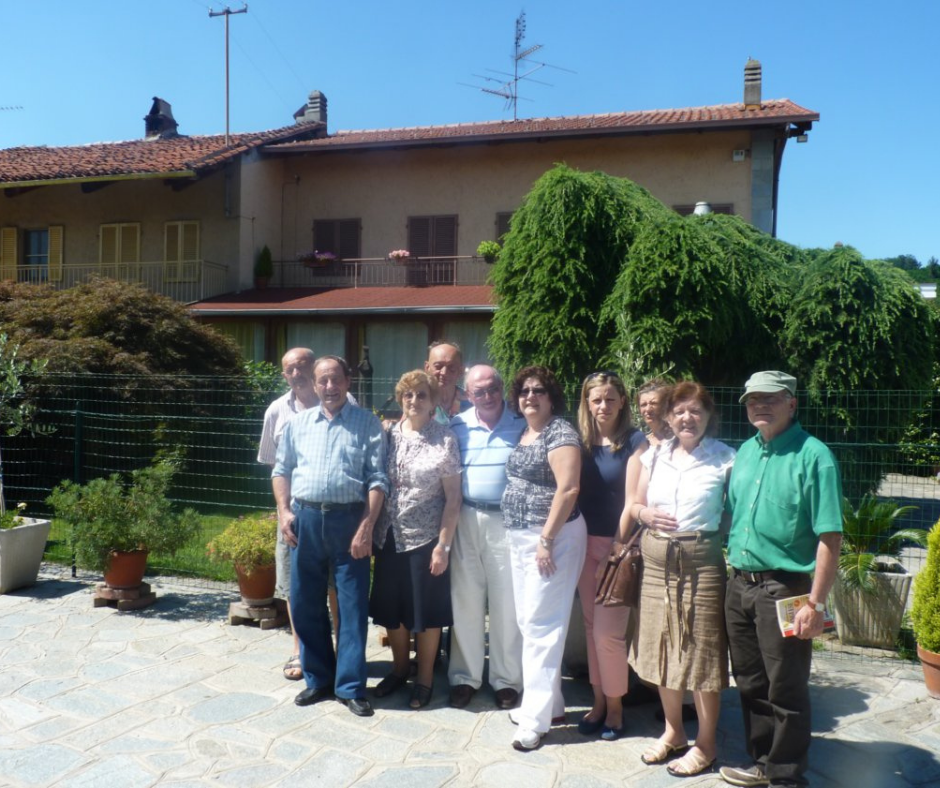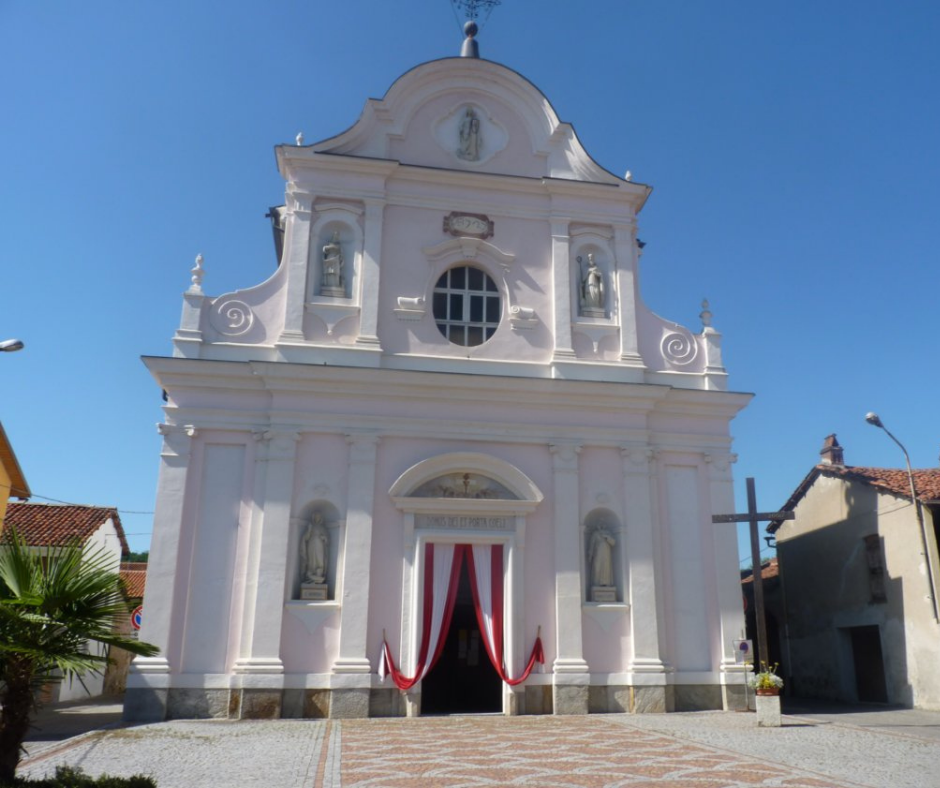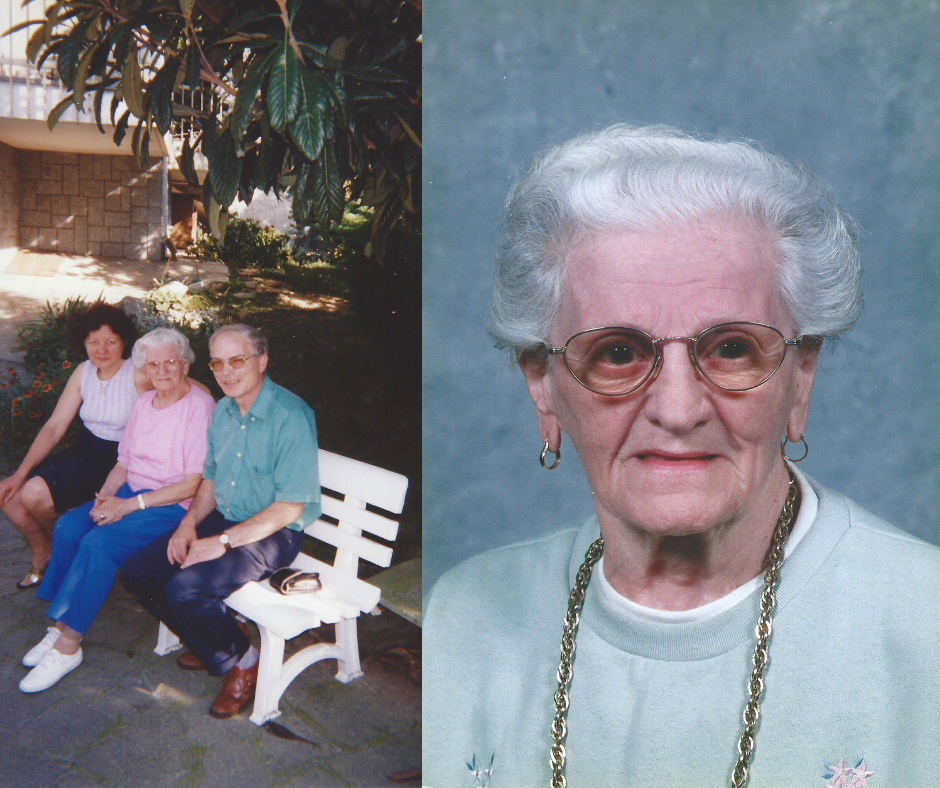Launched in 2020 to remember the 75th anniversary of the end of World War II, NIAF is recognizing Italian Americans who sacrificed, served and defended peace, freedom and democracy during the war through the #IAWW2Heroes initiative.
This entry is a special submission from Richard Stangarone, in honor of his mother Mary Jane Leggero Stangarone.
Mary Jane Leggero Stangarone was born on May 4, 1918 in Chicago, Ill. Her father Giuseppe Leggero was from Villareggia, Torino, Italy. Her mother Margherita Franzone was from Vische, a village also in the province of Torino. Giuseppe and Margherita immigrated to the United States at different times, but met there and married in Chicago in 1914. They had one other child Frank who was born in 1916. Giuseppe was a baker and ran a small bakery in Chicago and Kenosha, Wis.
In 1931 the family left Chicago and returned to live in Villareggia where Giuseppe’s family still lived. When it appeared war would break out, Frank left Italy and returned to the United States where he joined the U.S. Army. Frank would later survive the U.S. landing at Anzio and returned to Chicago after the war.

Mary, remaining in Villareggia with her parents, joined a group of Italians, known as the partigiani (partisans) that coalesced into a resistance group against both Mussolini and the later occupying Nazi forces. As a member of the partigiani, Mary helped to take POWs and Allied soldiers, including a downed British pilot, across the border to safety in neutral Switzerland. On her return from Switzerland, she would often smuggle weapons back across the border to support the resistance.
The Nazis would go on to occupy her village affecting daily routines tremendously and increasing her risk for working with the partigiani. Food for the Nazi troops took priority, so villagers such as her father would be forced to feed their occupiers before their neighbors. To ensure this, her father would be walked at gunpoint to bake the daily allotment of bread. Since her home was the one of the largest in Villareggia, it was used by the Nazis as a local base while she and her family continued to live there. Despite their presence, necessity forced Mary to use the house as hiding place for an Allied soldier looking for safety.

Most of the village knew of Mary’s involvement with partigiani, but she trusted them, though not without some worries to keep her secret. When Mary would leave Villareggia for long periods of time, her family would cover for her by saying that she was visiting family in another town or off picking truffles in the woods.
Despite these concerns, later in life Mary would often reflect on how history and duty put people in circumstances they would not choose. Two of the Nazis who occupied her home were Austrian and she would remark on how both were kind to her family—one would often make pancakes for them in the morning.
As the Allied forces began the liberation of Italy, Mary’s role in the war shifted. Fluent in English, she played a valuable role as an interpreter and helped the Americans to facilitate the disarmament of the local Nazi forces. In appreciation of her services, and for her protection, the American forces provided her a driver, Ernest Matlock. Matlock eventually proposed to her, but his proposal was not the only one that she would decline.
With the war ending, Mary’s parents encouraged her to return to America so in 1946 she returned to the U.S. aboard the liberty ship Marine Shark.

Returning to Chicago to live with her brother Frank and his wife, Mary renewed her friendship with John Stangarone. They married in February of 1947. Mary and John had four sons of which I am the oldest. They both lived rich full lives and shared many happy years together. In 1998 Mary returned to Villareggia to visit her family; it was a joyous reunion for all involved.

In 2011 my wife and I visited Villareggia and enjoyed seeing Mary’s old home and visiting with family who still occupy the house along with other relatives who reside in the town. Mary passed away in June of 2008 at the age of 90.
If you’d like to make a submission to NIAF’s Pensieri Blog, email us at media@niaf.org.

